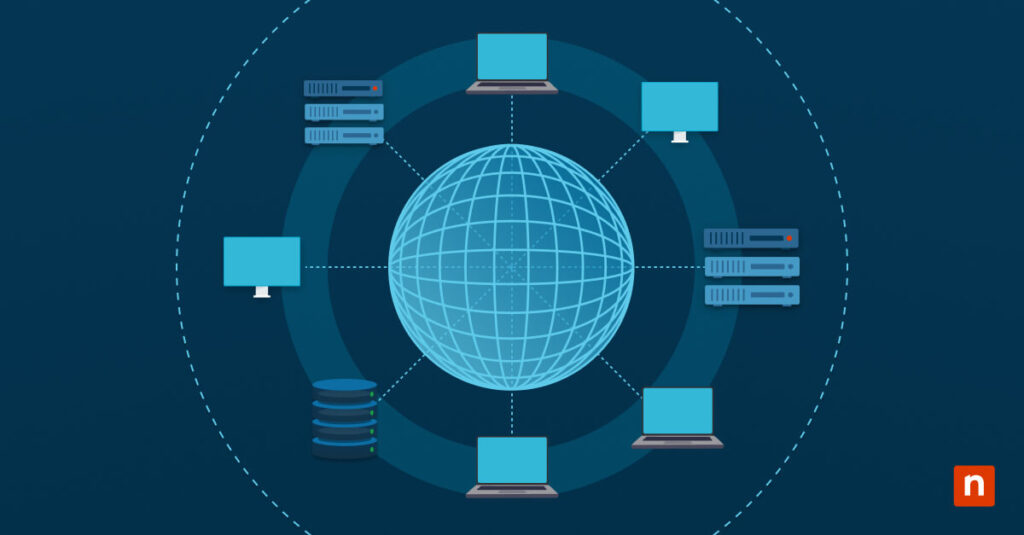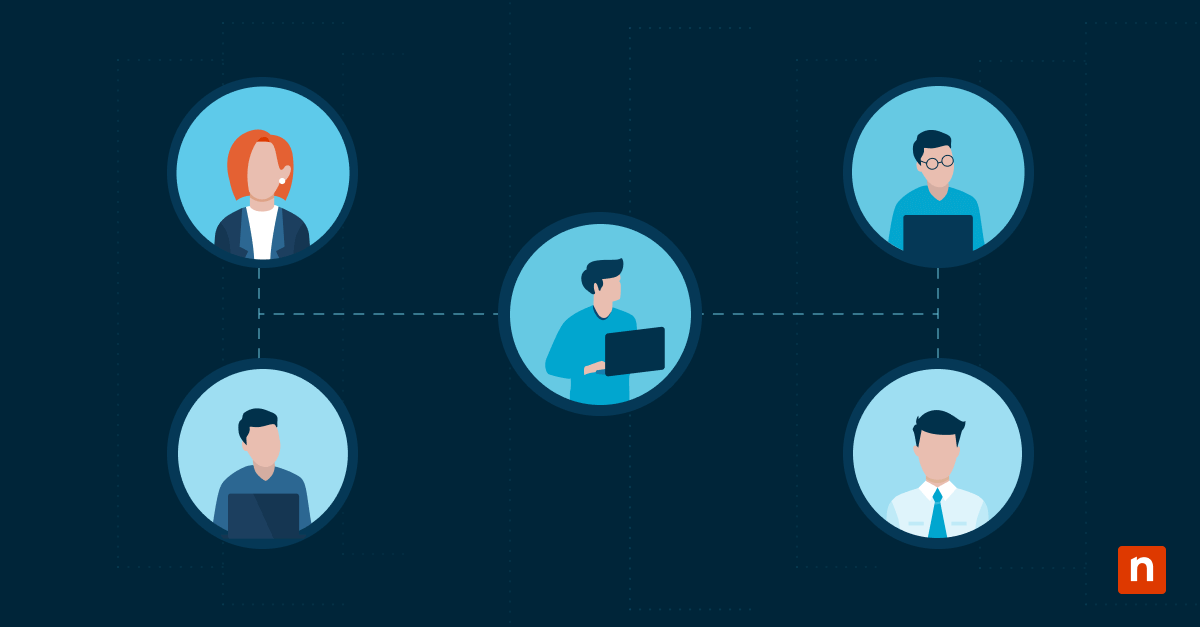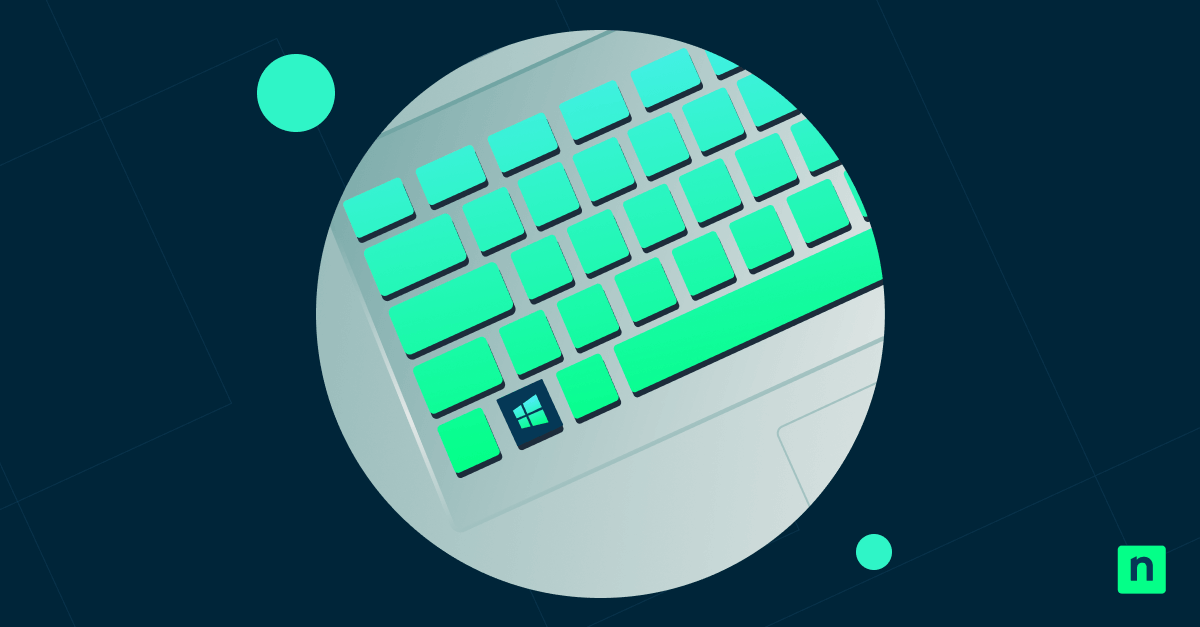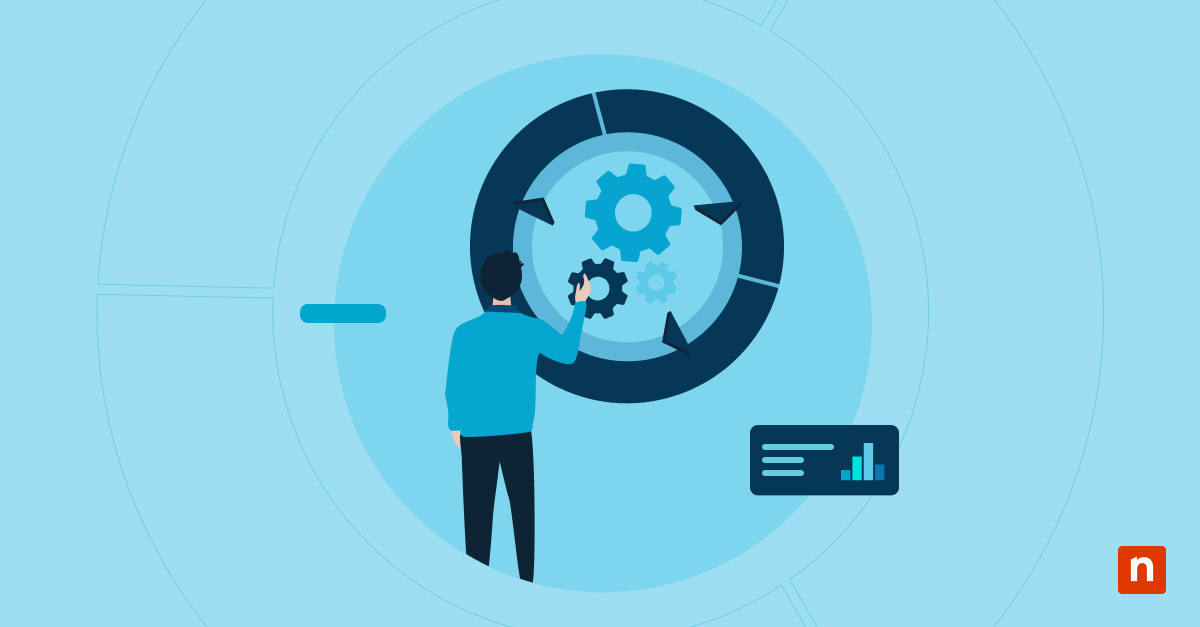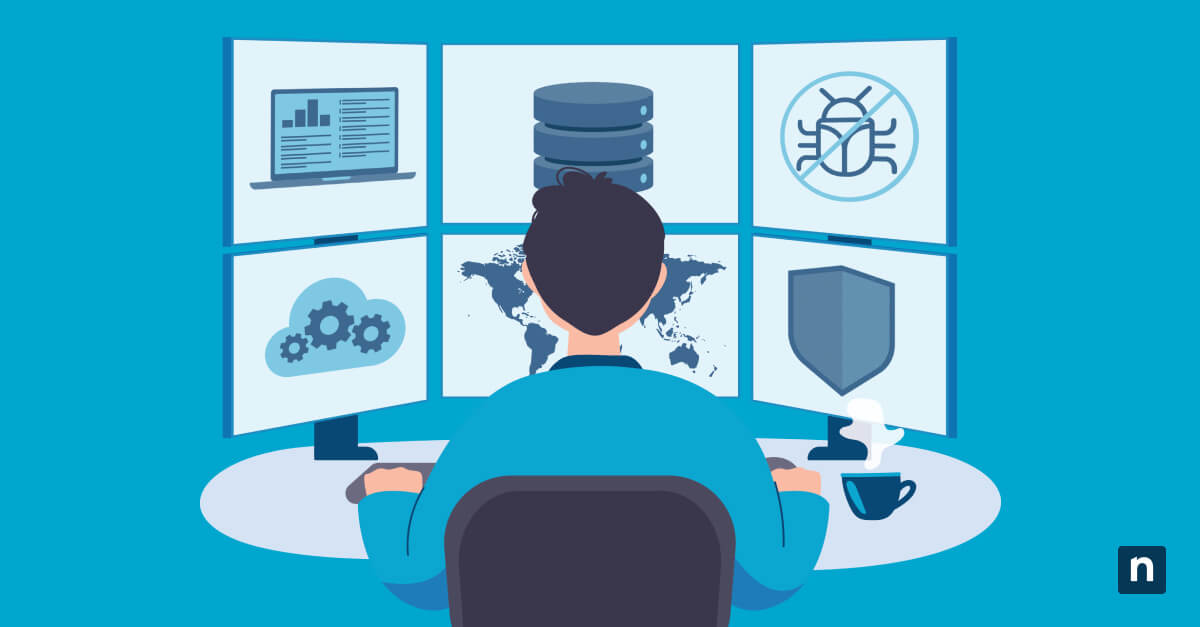Key Points
Toggling network adapters in Windows empowers you to troubleshoot, enhance security, or optimize performance quickly and effectively.
- Use Windows Settings to toggle adapters: press Win + I → Network & Internet → Advanced network settings → choose the adapter and click Enable or Disable.
- Access Control Panel via Network and Sharing Center, select Change adapter settings, right‑click the adapter, and pick Enable or Disable.
- Manage via Device Manager: open it, expand Network adapters, then right‑click the adapter and select Disable device or Enable device.
- Automate through Command Prompt: run netsh interface show interface, then use netsh interface set interface “Adapter Name” disable or enable (run as Administrator).
Are you having trouble connecting your device to any network? Your adapters might be the issue. Network adapters act as gateways for data exchange. Tending to them is essential to fixing connectivity and performance issues. Otherwise, they may impact your system’s security and responsiveness.
With this in mind, there are several reasons why toggling a Windows network adapter on or off is necessary. Disabling one can halt interference during troubleshooting, enforce security protocols, or optimize bandwidth by deactivating unused connections. Meanwhile, enabling it restores access instantly.
In this guide, we will teach you methods for enabling or disabling network adapters in Windows, ensuring you’re equipped to troubleshoot, secure, or optimize connections with confidence.
Methods to enable or disable network adapters
Option 1: Using Windows Settings (easiest method)
- Open Windows Settings (Win + I).
- Open Network & Internet, then select Advanced network settings.
- Scroll to Network adapters, then choose an adapter, like Wi-Fi or Ethernet.
- Click Enable or Disable.
Option 2: Using Control Panel
- Open the Control Panel (use the Search bar).
- Go to the Network and Sharing Center.
- Click Change adapter settings.
- Right-click the adapter you want adjusted, then select Enable or Disable.
Option 3: Using Device Manager
- Launch your Device Manager (search via Start or Win + X).
- Expand Network adapters.
- Right-click your desired device.
- Choose Disable device or Enable device from the context menu.
Option 4: Using Command Prompt (advanced scripting & automation)
- Open Command Prompt (search cmd via Start).
- Make sure to open it as Administrator.
- Run this command to list all network adapters and identify their exact names:
- netsh interface show interface
This command displays a list of adapters with their names, their state (Enabled/Disable), and their type.
- To disable a network adapter, input command:
- netsh interface set interface “Adapter Name” disable
- To enable a network adapter, input command:
- netsh interface set interface “Adapter Name” enable
Make sure to replace “Adapter Name” with the exact name. For example, to search for an adapter named “Wi-Fi 2”, input: netsh interface set interface “Wi-Fi 2” disable
How to check if a network adapter is enabled or disabled
Windows 10/11 has easy-to-understand tools to check the current state of a network adapter:
Method 1: Using Windows Settings (quick & user-friendly)
- Open Windows Settings (Win + I).
- Open Network & Internet, then select Advanced network settings.
- Scroll to Network adapters, then look for the Status label under each adapter:
- If the status is Enabled, it means the adapter is active and ready to connect.
- If the status is Disabled, it means the adapter is inactive.
Method 2: Using Control Panel
- Open the Control Panel (use the Search bar).
- Go to the Network and Sharing Center.
- Click Change adapter settings.
- In the list of network adapters, Disabled adapters will appear grayed out, while enabled ones show in color.
Method 3: Using Device Manager
- Launch your Device Manager (search via Start or Win + X).
- Expand Network adapters.
- Right-click your desired device, then select Disable device or Enable device from the context menu.
- If the menu shows Enable device, it means the adapter is currently disabled (and vice versa).
- Disabled adapters also show a grayed-out icon for quick identification.
Troubleshooting issues with network adapters
You might encounter network adapter configuration issues. Below are some of the most common roadblocks and how to fix them:
The network adapter does not appear
This can happen when the adapter is missing from Settings or Device Manager. You can fix this by:
- Checking for hidden devices in Device Manager:
- Open Device Manager (search via Start or Win + X).
- Click View, then select Show hidden devices.
- Expand Network adapters.
- If the adapter you want to use is grayed out, right-click it, then Enable.
OR;
- Restarting your computer:
- A reboot often forces Windows to redetect hardware, especially after driver updates or system changes.
Cannot enable the adapter
This happens when the Enable option is grayed out or fails to turn on. Fix this by:
- Running the network troubleshooter:
- Go to Windows Settings (Win + I).
- Navigate to Network & Internet > Status.
- Click Network troubleshooter.
- Let Windows OS diagnose and auto-fix issues like corrupted settings or IP conflicts.
- Updating the network adapter driver:
- Open Device Manager (search via Start or Win + X).
- Right-click the adapter you prefer.
- Select Update driver, then Search automatically.
- If Windows finds no updates, visit the manufacturer’s website for the latest driver.
No internet access after enabling the adapter
This case happens when the adapter is enabled but still has no connection. Fix this by:
- Reset network settings:
- Go to Windows Settings (Win + I).
- Navigate to Network & Internet > Advanced network settings.
- Click Network reset.
- Click confirm to reinstall adapters and restore default configurations.
- Check for Windows updates:
- Outdated OS builds can break compatibility. Install pending updates under Settings > Windows Update.
- Restart your modem:
- Power-cycle your router to resolve ISP-side glitches or DHCP lease conflicts.
- For an advanced fix, use Command Prompt to reset TCP/IP:
- netsh int ip reset
ipconfig /release
ipconfig /renew
- netsh int ip reset
Here’s a video guide on how to reset your network settings in Windows 10.
Quick-Start Guide
NinjaOne has several scripts that can help with enabling or disabling network adapters in Windows.
- “Enable or Disable IPv6″ that allows you to enable or disable components for IPv6 on all network connections.
- “Enable or Disable NetBios” which can disable or enable NetBIOS on all network adapters.
For more comprehensive network adapter management, you can use the remote tools available in NinjaOne:
– Remote Registry
– File Browser
– Service Manager
These tools can help you manage network adapters across your devices.
Manage Windows network adapters like a pro
Management of network adapters in Windows is a foundational skill for every user. Learning how to use Settings, Control Panel, Device Manager, or even the command line allows you to troubleshoot issues easily and optimize your network connections.
This skill also allows you to save time and minimize network downtime. Network issues don’t have to be a headache with the help of the built-in Network troubleshooter or using the option to update its drivers in Device Manager. Now, go forth and tame your connectivity hiccups to keep your network—and your sanity—stable.

